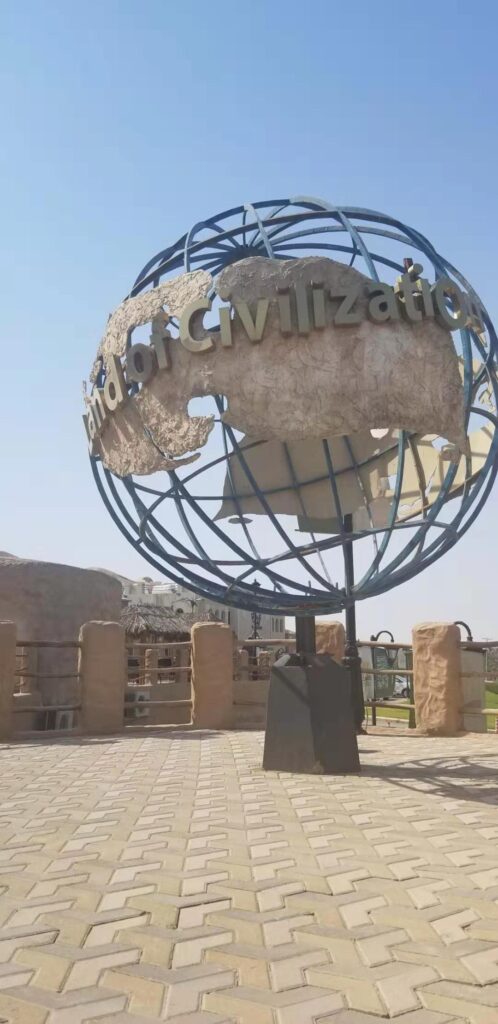
Al-Ahsa Oasis is one of the largest and most famous natural oases in the world, with over 3 million palm trees producing delicious dates. The place is widely considered to have the greenest and most fertile land in Saudi Arabia’s Eastern Province.
The region contains prominent archaeological and historical sites — some that date back to 6,000 B.C. — and has achieved three Arab and international accolades in the last four years.
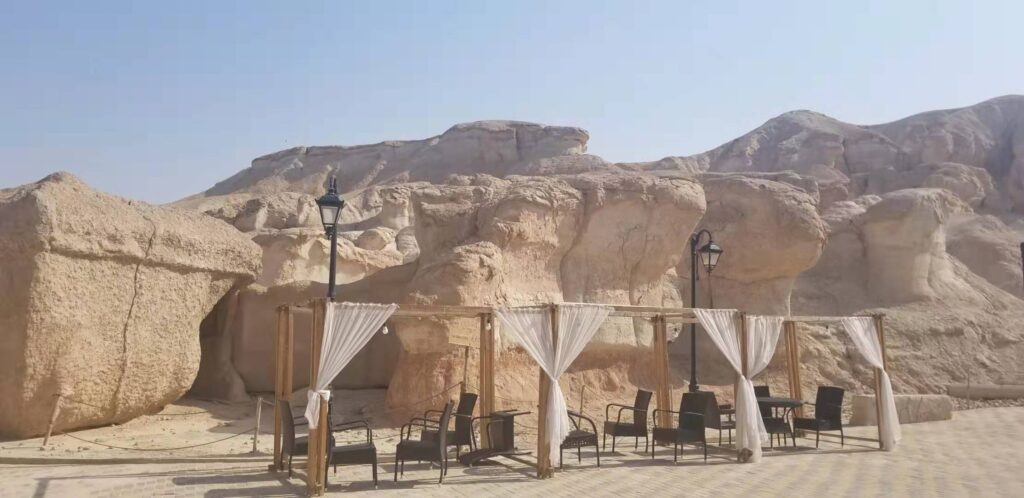
In 2015, Al-Ahsa became the first Gulf city to be included in the UN Educational, Scientific and Cultural Organization (UNESCO) Creative Cities Network for crafts and folk art.
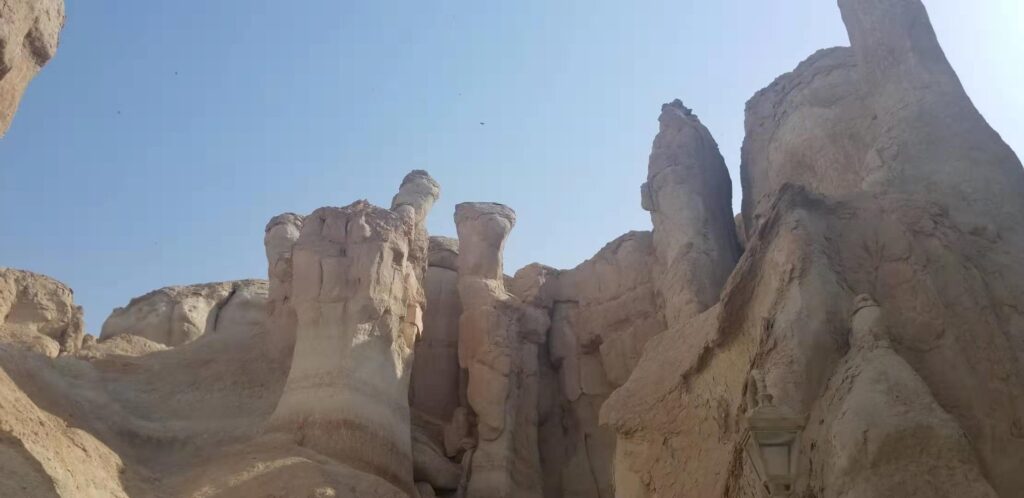
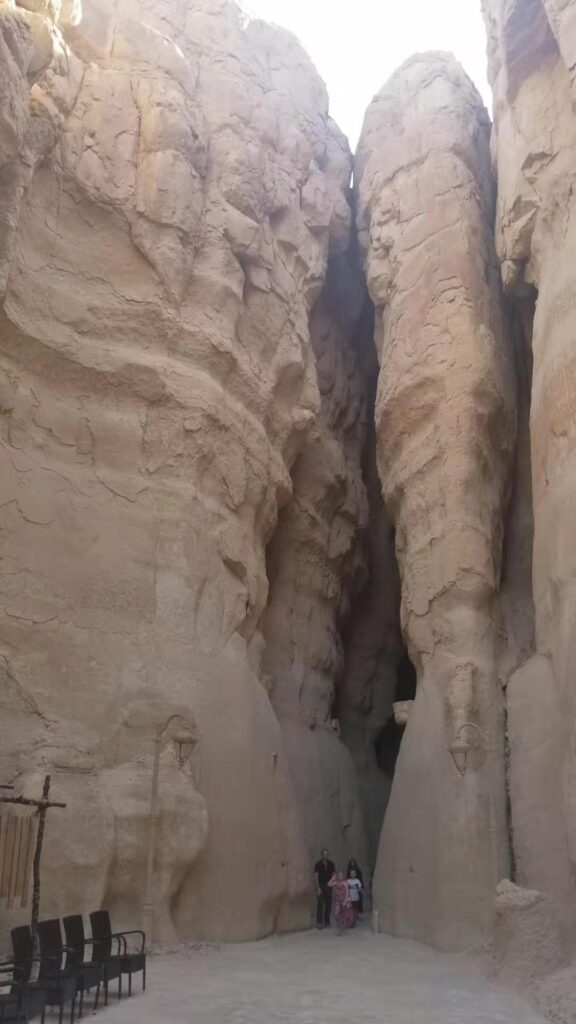
UNESCO designated Al-Ahsa as a World Heritage Site in 2018, becoming the fifth Saudi area to receive the accolade following Madain Saleh (2008), the Tarif neighborhood in Diriyah (2010), Al-Balad, Jeddah (2014) and the rock art in the Hail region (2015).
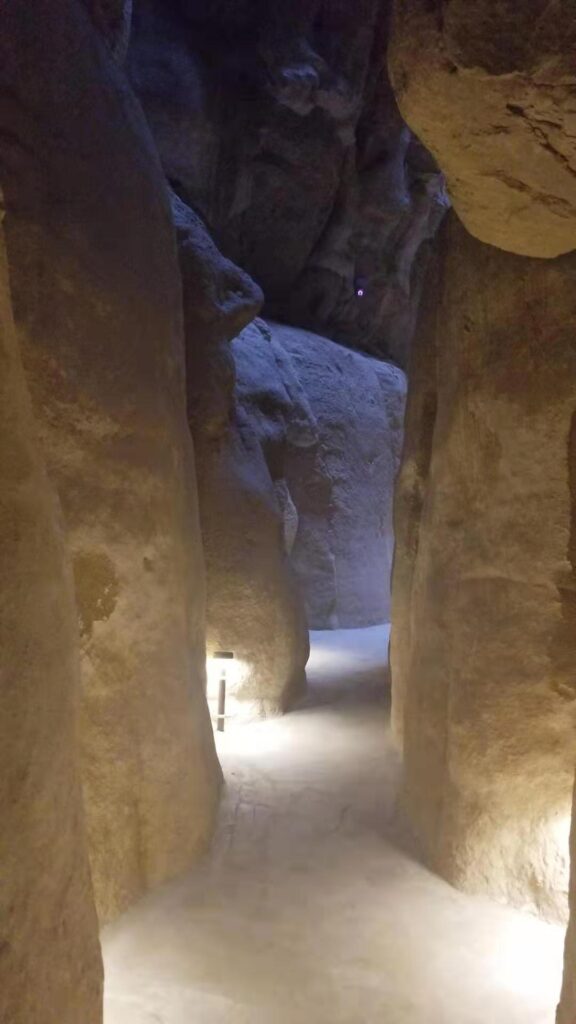
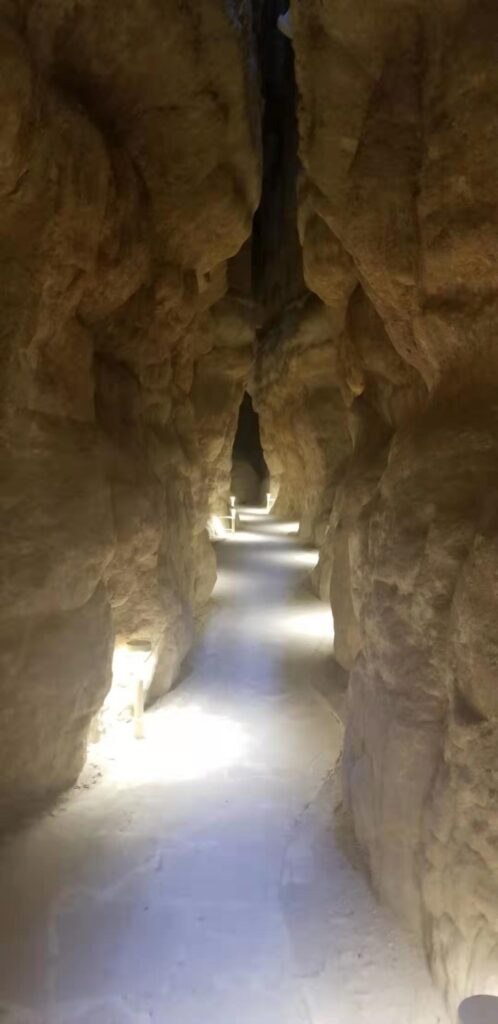
Al-Qarah Mountain located to the east of Al-Ahsa, is a major tourism attraction and natural and historical landmark in the Kingdom.
It covers an area of 1,400 hectares and consists of sedimentary rocks towering 70 meters high. Its caves have their own distinctive climate and the mountain is associated with Ras Al-Qarah — a rocky peak in the center of Al-Qarah town.
Al-Qarah Mountain, which is 210 meters above sea level and formed by limestone, draws visitors from Saudi Arabia, Gulf states and countries throughout the world. Temperatures inside the mountain are surprisingly low in summer and high in winter. This photo of Al-Qarah Mountain was taken by the Saudi photographer Wajdi Al-Mensari as part of the Colors of Saudi competition.
Moreover, Al-Ahsa was chosen as the Arab Tourism Capital for 2019 by the Arab Ministerial Council for Tourism.
